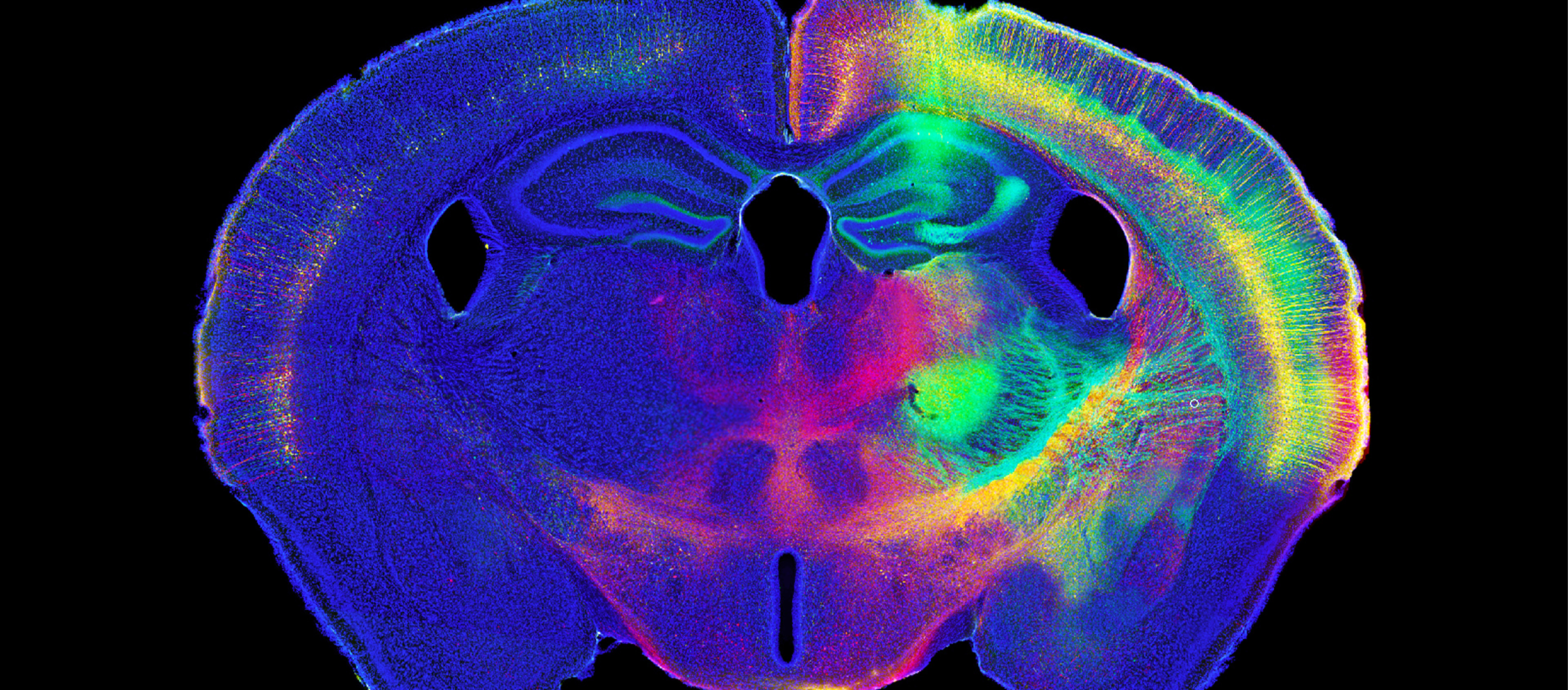As we begin each new year, it seems there is a wide open canvas stretched in front of us ready to hold our evolving ideas and new creations. What we accomplish in 2023 will be based on our prior years of work, knowledge and insights. All of us at MBF Bioscience, and I suspect many of you, reflect at this time of year revisit our...
Read More
MBF Bioscience Blog
The Image Volume Fractionator probe, available in Stereo Investigator - Cleared Tissue Edition, is facilitating huge efficiency gains for quantifying the number of cells. At Dr. Patrick R. Hof’s lab at the Icahn School of Medicine at Mount Sinai, researchers imaged the cerebral cortex using light-sheet fluorescence microscopy and quantified the number of neurons, including those that express proteins involved in Alzheimer’s disease and schizophrenia, using...
Read MoreTo help meet the broad range of imaging and quantitative image analysis needs of scientific researchers, MBF Bioscience has developed a number of comprehensive solutions based on our state-of-the-art technology and bundled them into a productivity suite of software for use as a shared resource in core imaging-facilities or large laboratories. The MBF Bioscience Core-Facility Suite includes our most popular image analysis tools installed on a...
Read MoreHumans and animal species can move in controlled motion sequences because of a delicate balance in the signaling of certain neurons in the area of the brain called the striatum. In this brain region, some neurons tell muscles to move, while others tell muscles to hold steady. In the brains of patients with Parkinson’s disease, more of the neurons that signal movement are activated resulting...
Read MoreAfter decades of identifying brain cells subjectively, researchers can now make use of a standardized classification system for identifying pyramidal cells—the most common type of cells in the neocortex. Scientists at the Blue Brain Project developed the system using mathematics that identify the properties of shapes that stay constant under continuous transformation. This new method of classification gives researchers the ability to begin building a...
Read MoreGreetings, Later this week, I get on a trans-Atlantic flight for the first time in over two years. I’m eager to attend an in-person conference of neuroscientists — and especially to sit face to face, as we discuss about how best to move the next wave of neuroscience forward. As I’ve been looking forward about how great it is to be back "in real life" with all...
Read MoreWe are pleased to announce that the International Neuroinformatics Coordinating Facility (INCF) has endorsed the MBF Bioscience neuromorphological file format as a standard. The file format is used in our products for neuroscience research for important applications such as digital neuron tracing, brain mapping and stereological analyses. MBF Bioscience products, including Neurolucida, Neurolucida 360, Stereo Investigator, Vesselucida 360, and NeuroInfo use this neuromorphological file format. This file...
Read MoreWhen we flex our thumb or point our finger, axons carry impulses from the brain to neurons in the spinal cord, which send messages to the muscles in our hands. In an important study in 1983, Jenny and Inukai at the Washington University School of Medicine reported the organizational patterns of those finger movement motoneuron columns in the primate spinal cord. Now, nearly 40 years...
Read MoreObesity has reached epidemic levels worldwide. It is a major cause of deadly illnesses, such as diabetes, cardiovascular disease, and some cancers, and has been linked to reduced quality of life and poor mental health outcomes. Efforts to combat this epidemic have so far failed to have an appreciable impact. Seeking novel targets with the potential to move the needle on obesity-linked cardiometabolic disorders, a research...
Read MoreMBF Bioscience proudly continues its commitment to neuroscience advances. A century ago, when neuroscientists were asked about the characteristic properties of a nerve cell (neuron), they answered that neurons are cells in the central nervous system (CNS) characterized by a soma (cell body), processes that receive information from other neurons (dendrites), and a process that sends information to other neurons (axon). This answer has not changed...
Read More











